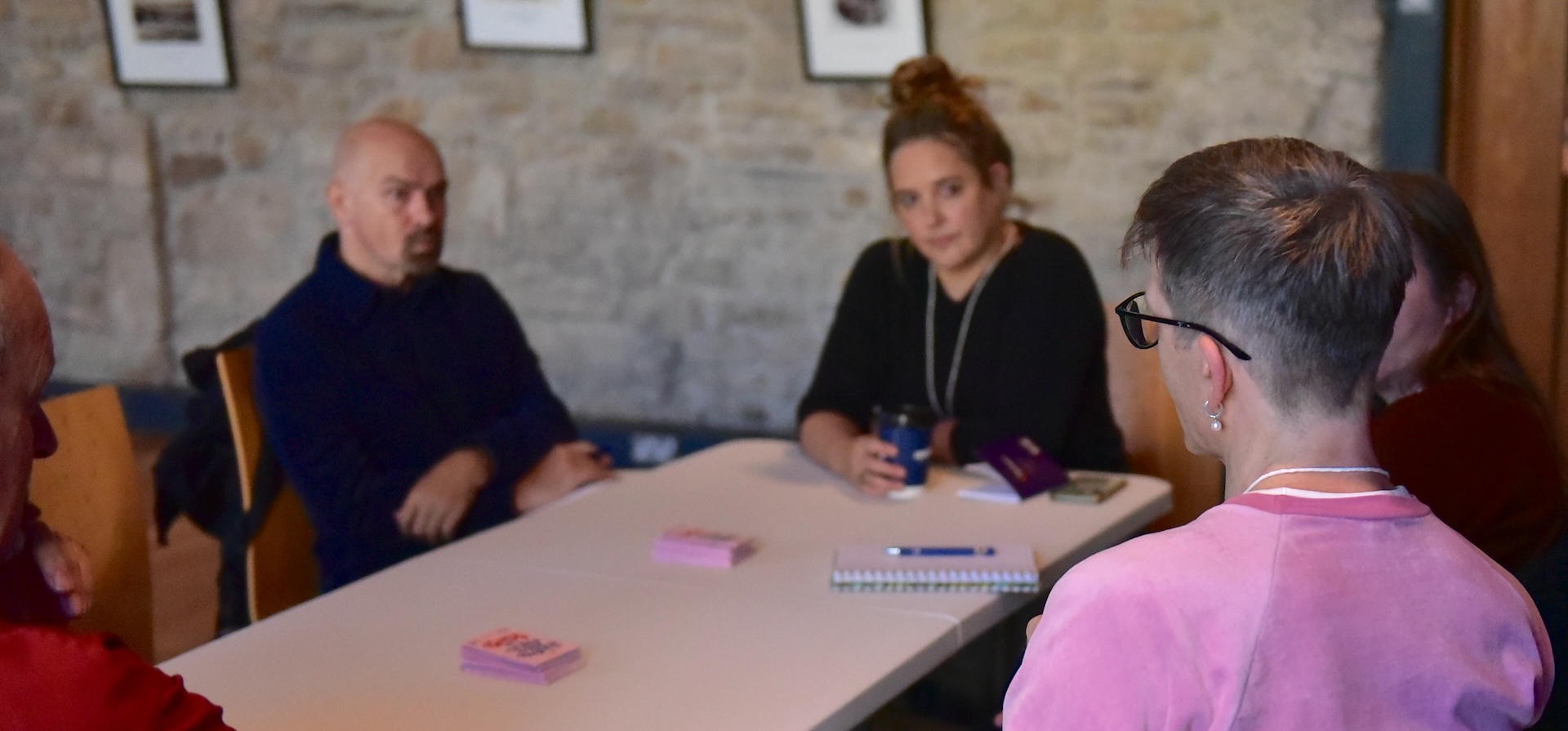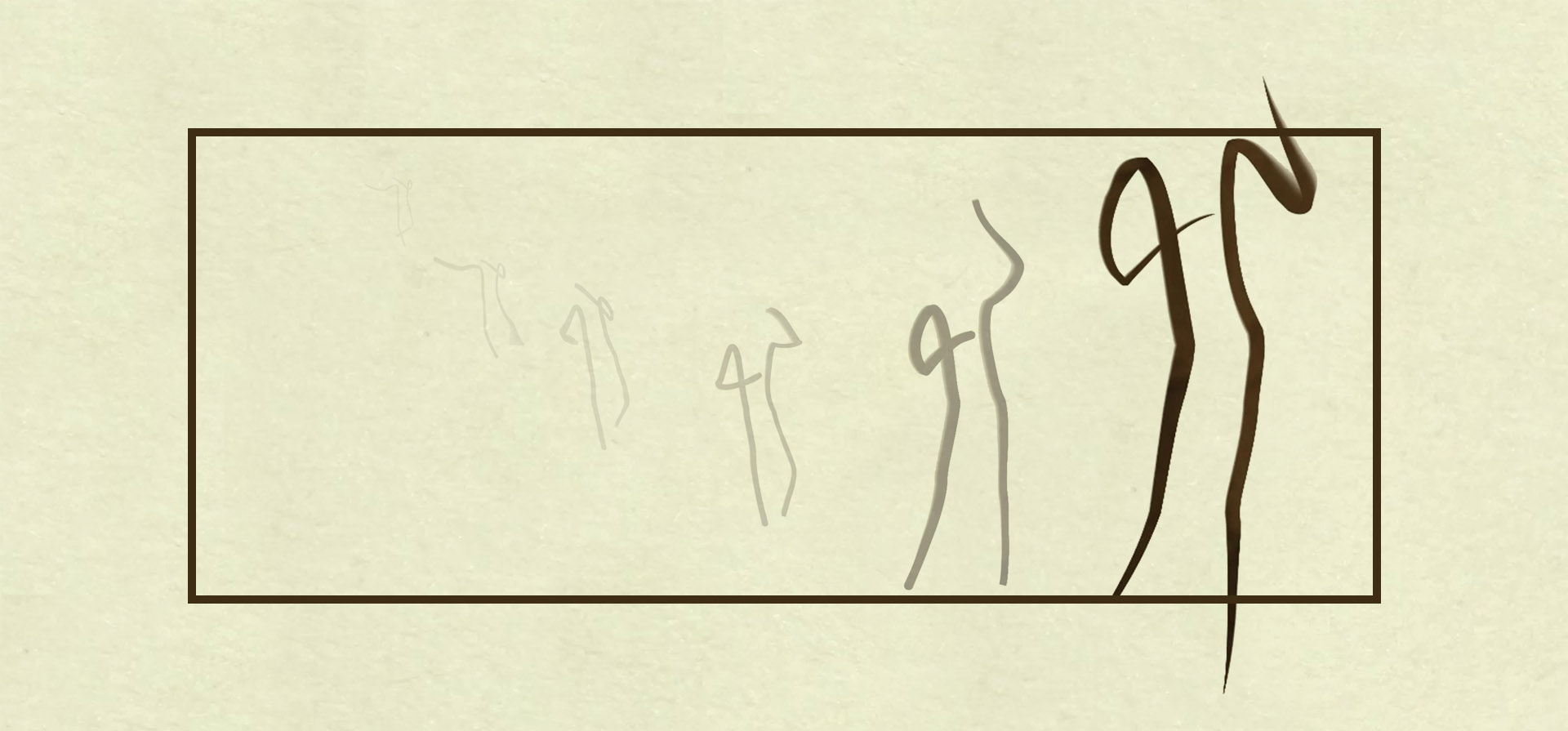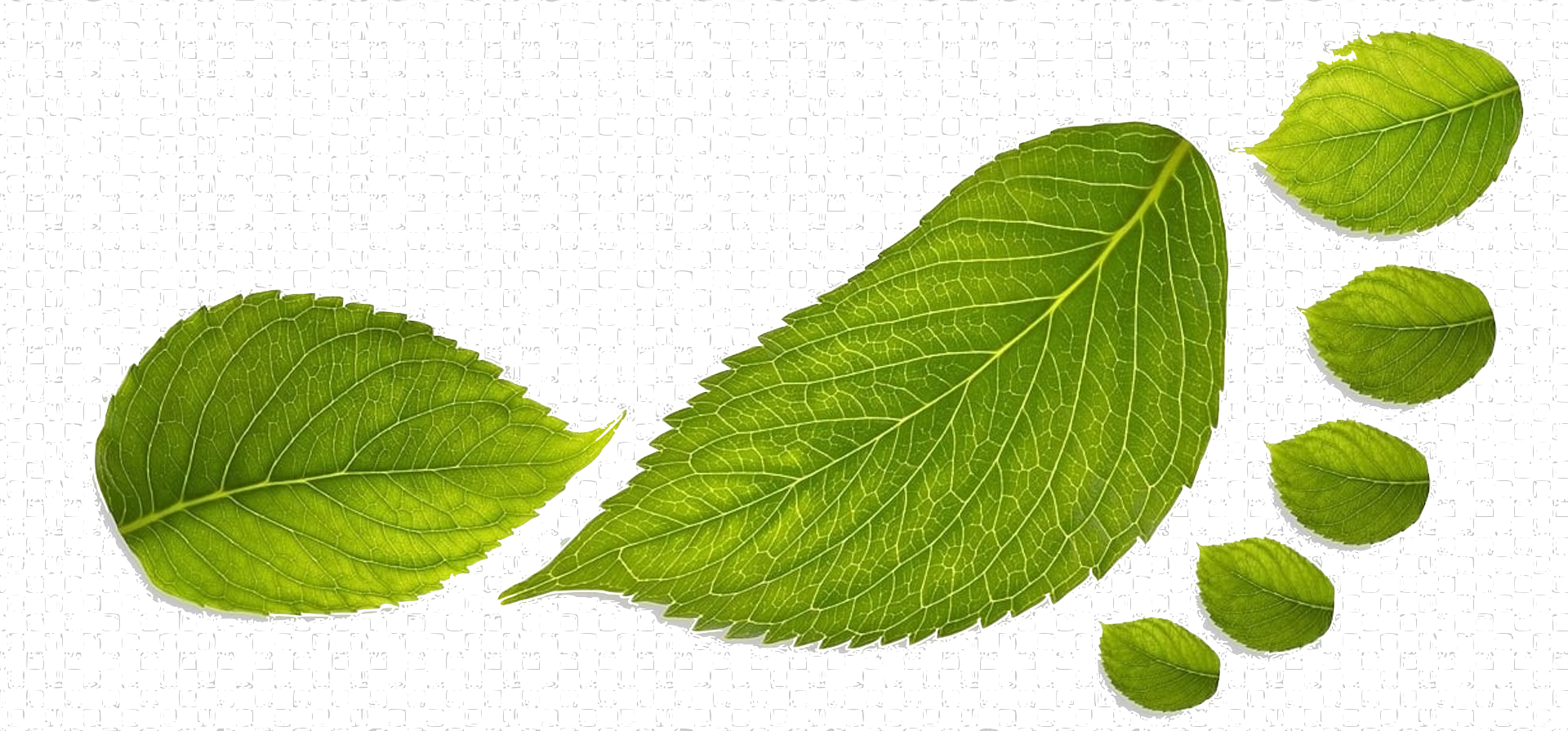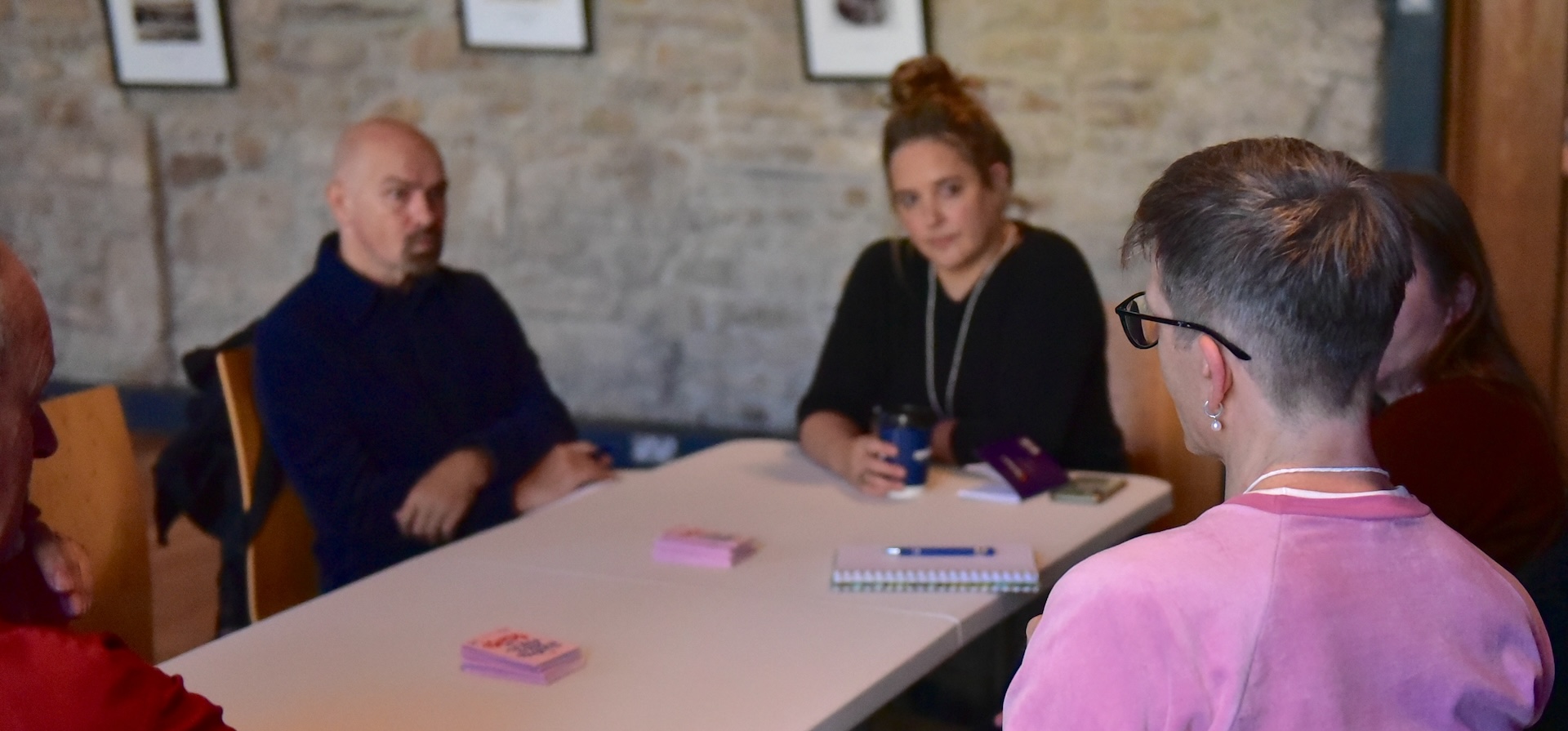
Moderator: Jazmín Chiodi
Tipperary Dance is deeply committed to international collaboration, and has initiated numerous international opportunities for artists from Ireland. This roundtable offers another opportunity for dialogue among a global panel of artists and professionals. This year, we will explore the necessity, challenges, and implications of internationalisation in a context of environmental responsibility.
The roundtable will be moderated by Jazmín Chiodi, co-founder of Tipperary Dance and Tipperary Dance Festival, and current Artistic Director of Dublin Dance Festival.
See programme below

Director Laura Murphy presents a selection of portraits from ‘Dance Stories’, a multi-media portfolio project. These intimate portraits challenge conventional views on dance and success, revealing unspoken values that are often difficult to articulate and easy to forget, and creating a living archive of untold stories of dance.
The portraits were made in collaboration with filmmaker Pato Cassinoni, animator Alan Early and composer Irene Buckley. The portraits in this selection include Alicia Christofi Walshe, Finola Cronin, Katherine O'Malley and Mary Nunan.
★★★★ textured, understated - The Irish Times
★★★★ The women’s passion for movement, in all its guises, is palpable - The Arts Review

Catríona Fallon, co-founder of Green Arts Initiative in Ireland, presents an analysis of the carbon footprint of Tipperary Dance’s key activities, along with practical steps and solutions to mitigate the environmental impact of these activities.
This is part of Tipperary Dance’s commitment to assess and reduce its carbon footprint in line with government public policy.

Developing dance on a remote and relatively sparsely populated Island like Ireland presents specific challenges, particularly in achieving critical mass for sustainability and accessing a broad spectrum of professional experience.
To address these limitations, Tipperary Dance has been actively cultivating international relationships and partnerships to support artists through exchanges, residencies, performances, and collaborations. We have been seeing these international connections as essential. They offer Irish artists opportunities to engage with a diverse artistic ecosystem, enrich their experience, build networks, and bring Ireland’s voice to the wider European cultural dialogue.
This topic awakens persistent questions around living on an island or secluded area, both geographically and culturally. How this context shape our artistic identity and sense of connection? To what extent do we feel compelled to travel in order to feel included or relevant in a broader artistic conversation?
Simultaneously, this process of internationalisation stands in direct tension with the urgent need to reduce our carbon footprint. The reliance on air travel for artistic mobility raises difficult questions about sustainability and environmental impact.
How might we navigate the tension between international artistic exchange and environmental responsibility?
Should we interrogate the underlying assumptions about mobility in the arts that have governed us during decades: where does the perceived necessity for travel originate, are there alternative models?
Two questions to feed your reflection
Tipperary Dance © 2024